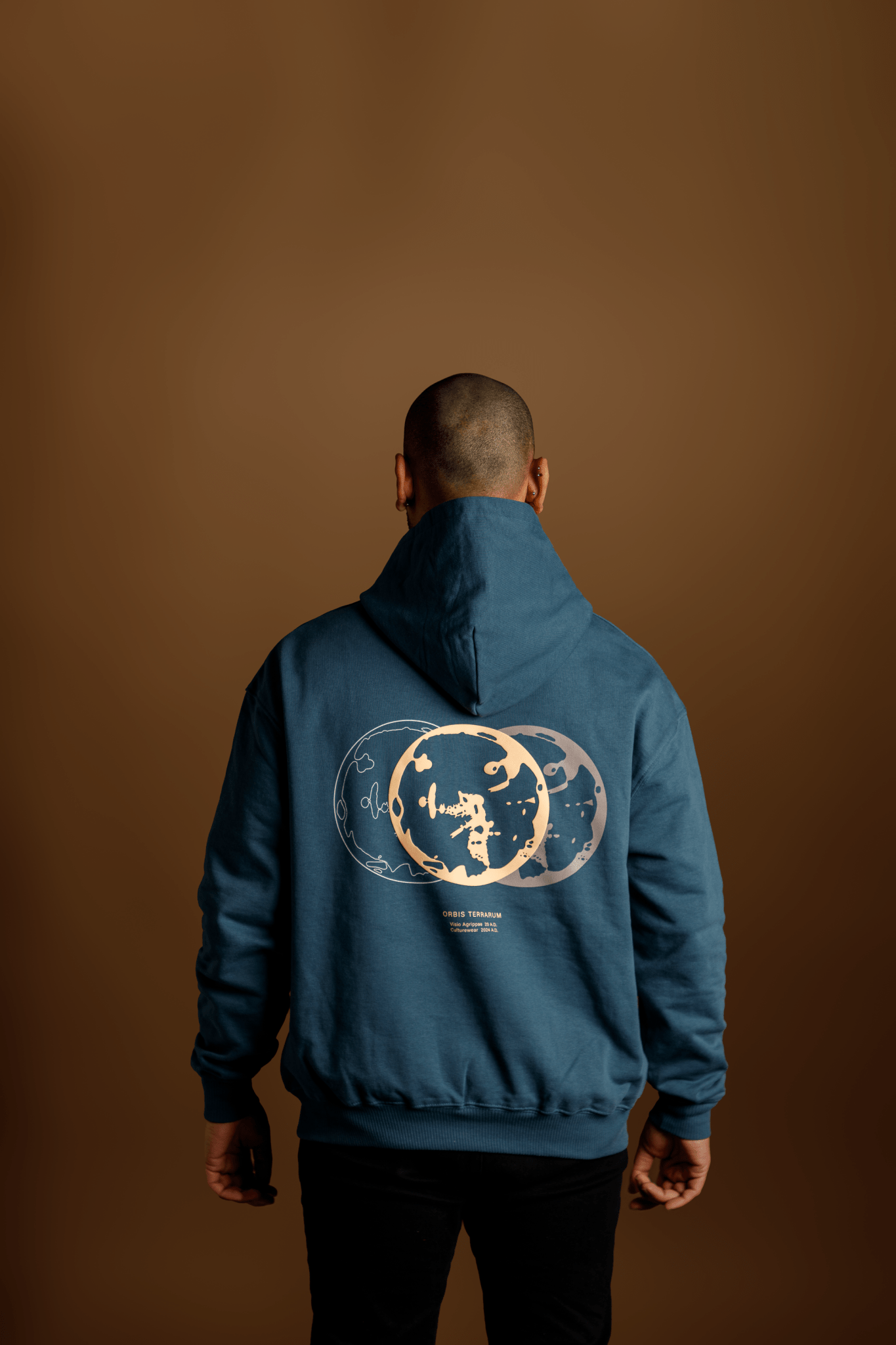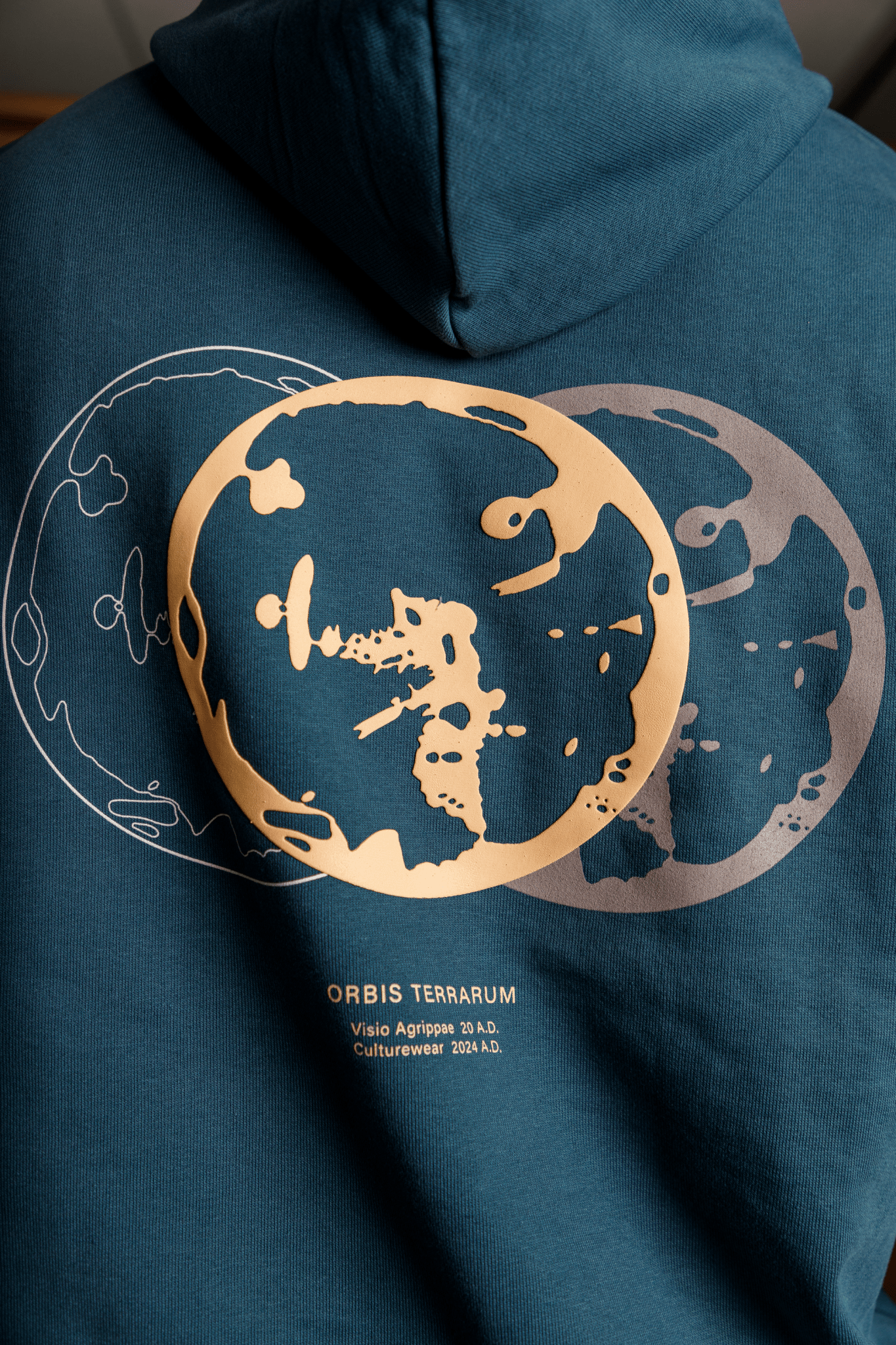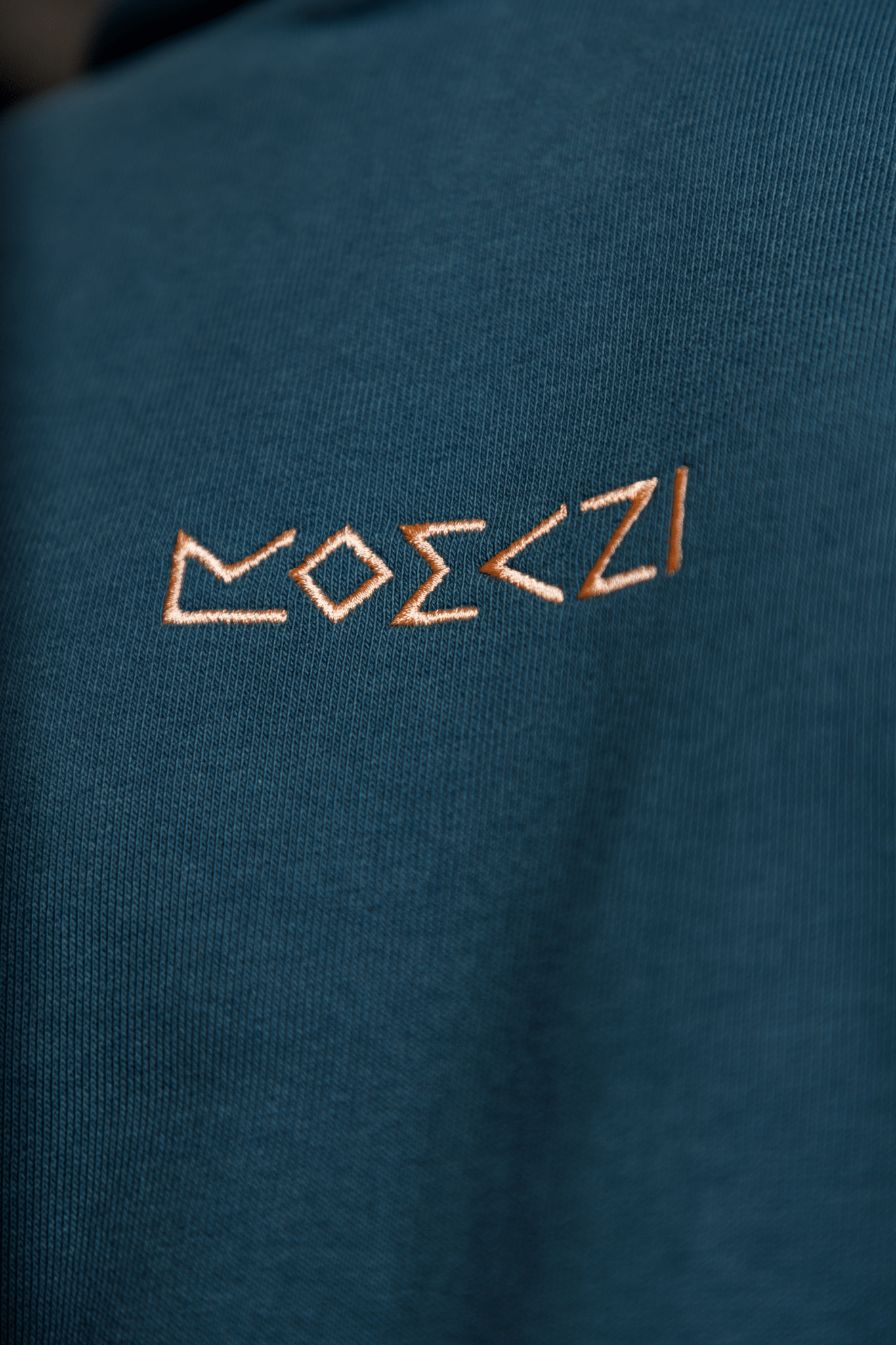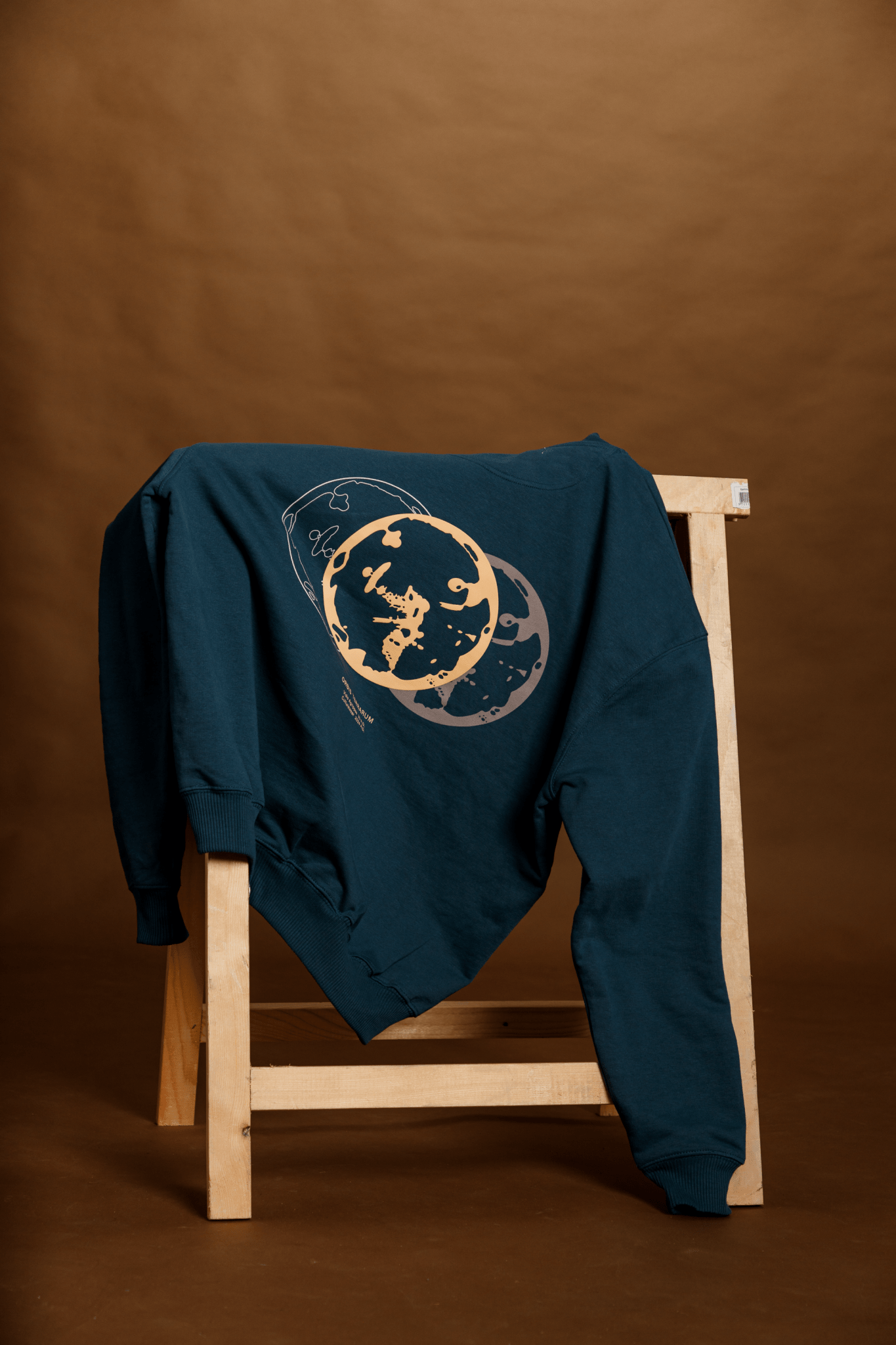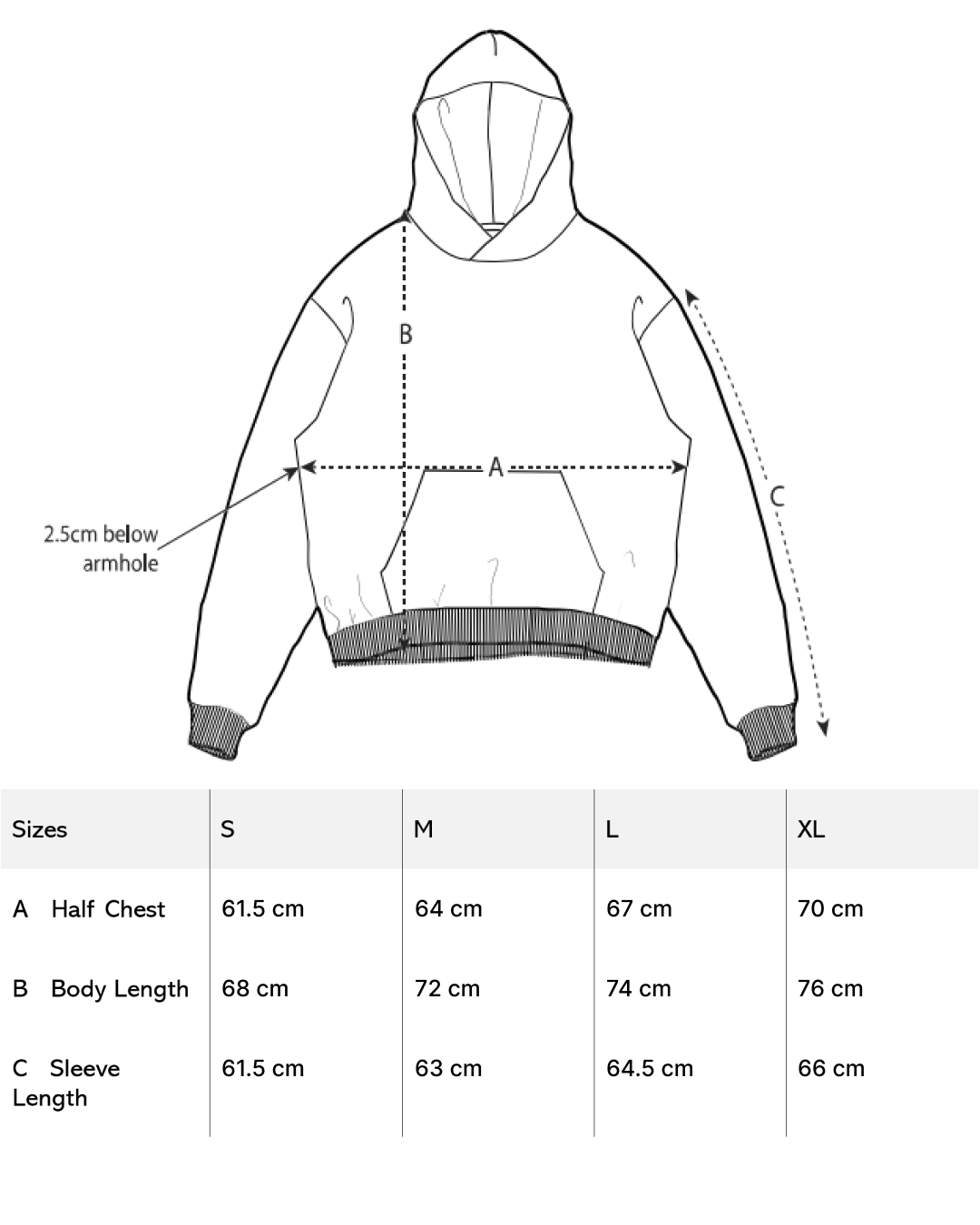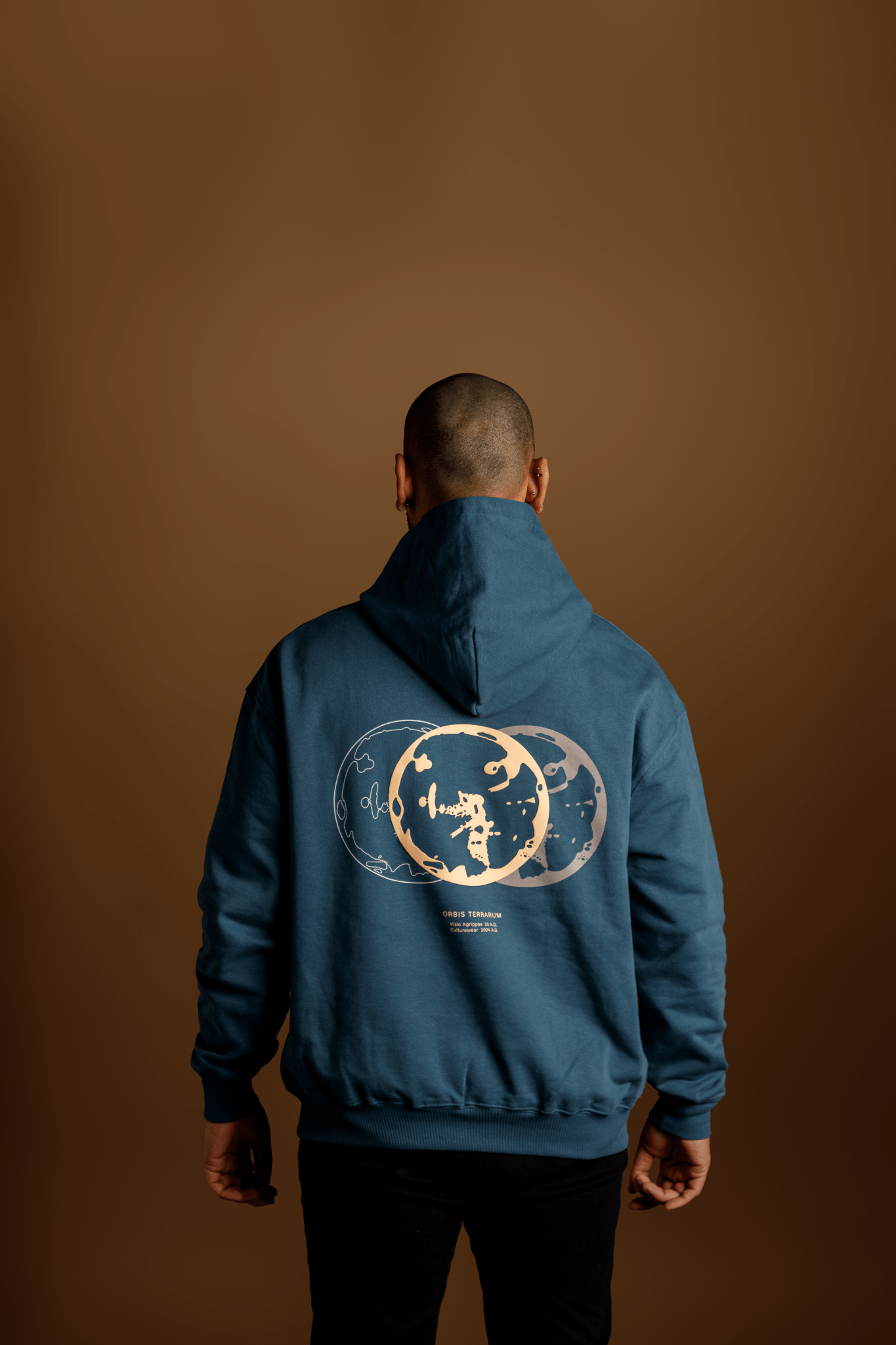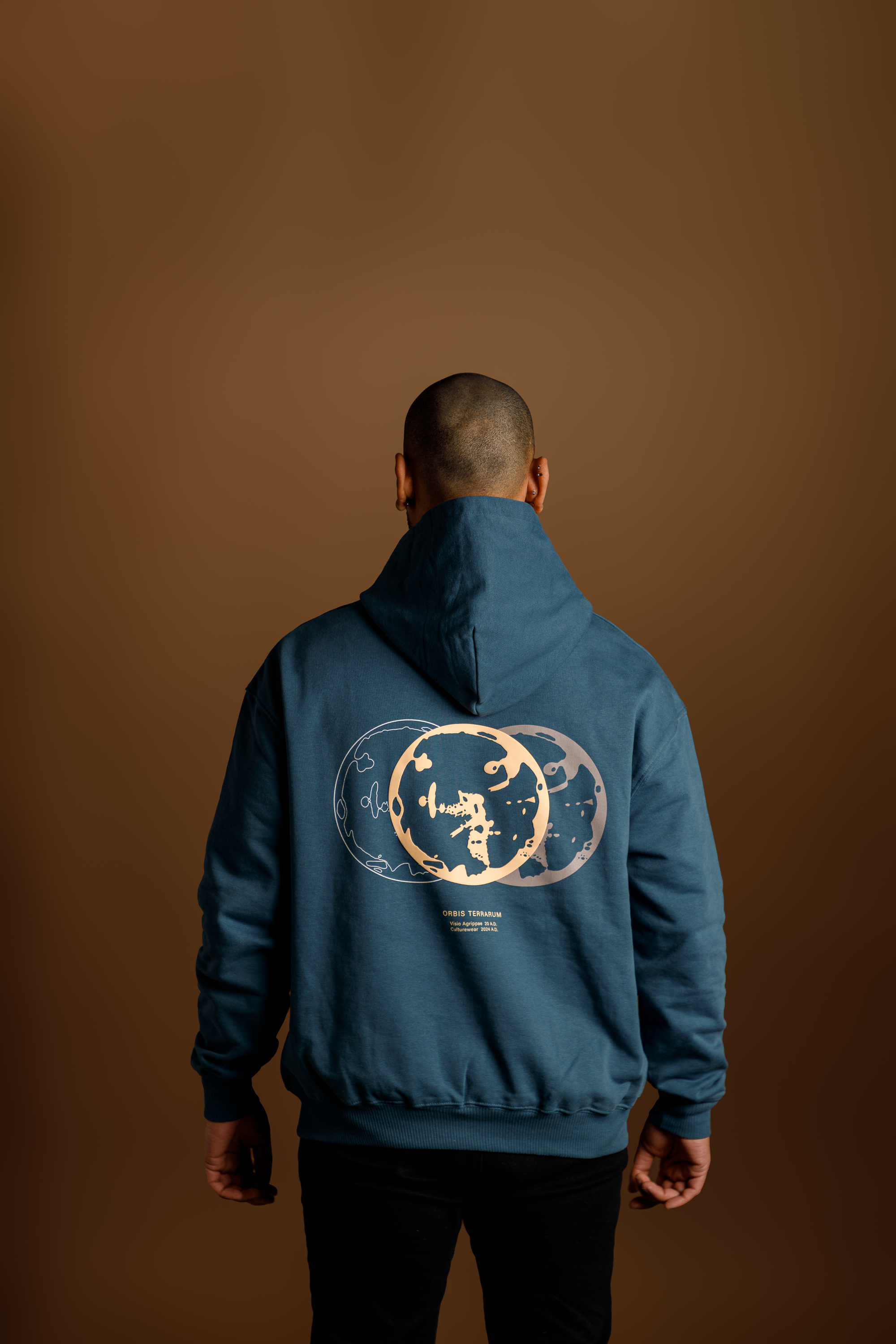
Roman Empire
The story of Orbis
The ancient Roman world map designed by Marcus Vipsanius Agrippa is a fascinating artifact that provides a window into the mindset and geographical understanding of the Roman Empire. Agrippa, a close friend and advisor to Emperor Augustus, was a statesman, general, and most notably, a geographer. His map, created in the 1st century BCE, was a monumental attempt to depict the known world of the Roman Empire and beyond, and its influence resonates through the ages.
Agrippa’s map was not just any map; it was an ambitious project that aimed to consolidate all geographic knowledge of the Roman world. It was based on the Roman road system, illustrating the vast network that connected the empire, and included information on distances, geographical features, and important cities. Interestingly, the map was displayed in the Porticus Vipsania, a public place in Rome, making it accessible to the Roman citizenry—a testament to the importance of knowledge and education in Roman society.
The map, now lost to history, was described by contemporaries and later historians as a detailed representation of the Roman world. It likely influenced the production of later maps in the Middle Ages and even into the Renaissance. The fact that Agrippa's map attempted to display the whole known world was revolutionary. It showed not just the empire itself but also distant lands, incorporating information from Roman military campaigns and explorations.
One of the most intriguing aspects of Agrippa’s map is how it reflects the Roman perception of their world. It was centered around the Mediterranean, which the Romans called "Mare Nostrum" (Our Sea), highlighting the Mediterranean-centric view that dominated Roman geography. This perspective influenced not just map-making but also Roman political and economic strategies.

The story behind the Orbis Piece
The legacy of Agrippa’s map extends beyond its immediate impact on geography and exploration. It serves as an early example of the power of information dissemination and the role of maps in shaping our understanding of the world.
Though the original map has not survived, its descriptions and influence have made it a subject of study for historians and geographers. It is a testament to the ingenuity and ambition of the Roman people, representing their desire to understand and document the world around them.
On the back print of the hoodie, an approximate depiction of Agrippa's map is shown. With a closer look, one can recognise the three continents—Asia (above), Europe (bottom left), and Africa (bottom right). The existence of other continents was yet unknown to the Romans. Just as Agrippa's map was a blend of exploration, knowledge, and power, our clothing aims to evoke a sense of adventure, discovery, and connectivity in those who wear it.
Cultural Piece
Orbis Terrarum
